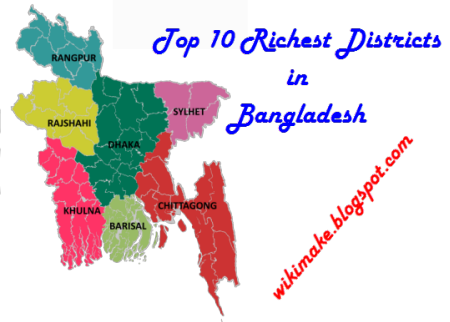Some Important Points to Remember
#1
18 km/hour = 5 metre/second, can be used to convert the speed given in km/hour to metre/second or vice - versa.
#2
If a train of length "L" at a speed "v "passes another object of length "i" at a speed x in time "t", then
t = time to cross the object = Total Distance / Relative Speed = L + i / v - x
- If object is stationary, then x = 0
- If object is opposite, then put x = -x
- and v - x making after is (v + x)
Hence, the distance covered by the train = length of train + length of objectDownload PDF
Basic Formula
- Time = Distance / Speed
- Time to cross an object moving in the direction of train =


Important Note
- If the object is of negligible length, then put length of object, L = 0 (i.e. tree, man)
- If the object is stationary, then put speed of object, V = 0
- If the object is moving in opposite direction, then put (-) ve sign before V, so the denominator of the formula becomes

Different Types of Objects

If the object is moving to opposite direction, then denominator becomes speed of (train + object)
Two Trains Crossing Each Other in Both Directions
Two trains are crossing each other

APPLICATIONS ON TRAINS.
1. How long will a train 130m long travelling at 40 km an hour take to pass a kilometer stone?

2. How long will a train 60 m long travelling at 40 km an hour take to pass through a station whose platform is 90 m long?


4. Find the length of a bridge which a train 130 m long, travelling at 45 km an hour, can cross in 30 secs.

5. The length of the train that takes 8 seconds to pass a pole when it turns at a speed of 36 km/hr is __________________ metres.

6. A train 50 metres long passes a platform 100 metres long I 10 seconds. The speed of the train is _____________ km/hr.
7. How many seconds will a train 60 m in length, travelling at the rate of 42 km an hour, take to pass another train 84 m long, proceeding in the same direction at the rate of 30 km an hour?



9. Two trains running at the rates 45 and 36 km an hour respectively, on parallel rails in opposite directions, are observed to pass each other in 8 seconds, and when they are running in the same direction at the same rate as before, a person sitting in the faster train observes that he passes the other in 30 seconds. Find the lengths of the trains.


10. Two trains measuring 100 m and 80 m respectively, run on parallel lines of rails. When travelling in opposite directions they are observed to pass each other in 9 seconds, but when they are running in the same direction at the rates as before, the faster train passes the other in 18 seconds. Find the speed of the two trains in km per hour.







![Public Sector Development Project KPK Jobs September 2017 For [BPS-18] To [BPS-01]](https://blogger.googleusercontent.com/img/b/R29vZ2xl/AVvXsEhsdA8QMfxQqiuxokQl0wV7lNgysXTTCdwauBfk_MqvsWEZmOf7XQp9PIt-Tfy4eMXpR_eyOXXHWA0RgTG1jxKN3-tT2Uairby8NKzBvsDn6db32GUBdRF4QHJ-Tv5ZYB7yB3XsUTwOgqk/w680/KPK-1.jpg)

